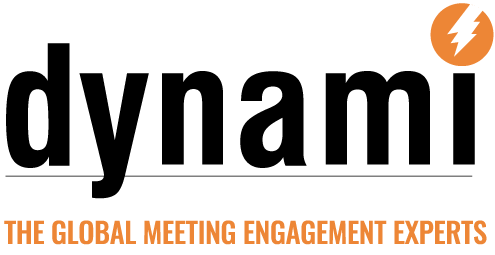Earlier this week I stumbled across the results of an online assessment created by the Event Leadership Institute. The test was designed to gauge an experienced meeting professional’s knowledge of event production such as audiovisual, lighting, staging, etc. More than 1,500 people took the test, and the results were alarming. Out of 100, the average score was 48. While these results are not necessarily surprising, I do find them concerning.
Event production sets the scene for the guest experience. Like the food and beverage, travel and venue, it’s one of the most expensive parts of the budget. The only problem is it doesn’t always get the attention it needs at the beginning of the planning process. Then, when production issues arise onsite, they are significantly more complicated and costly to fix. Most of these issues are avoidable when you know the right questions to ask.
The old saying is true: You don’t know what you don’t know. Production education and preparation go a long way in keeping the budget down and the guest experience up.
WHAT TO ASK
Union or Non-union?
Much like you look at airfare, hotel rates, or food and beverage, a venue’s location can play a significant role in your overall production costs. Cities that are primarily union like Chicago and San Francisco are going to be 25-35% more expensive than non-union cities like Atlanta. On average, Union workers are compensated 27% higher than non-union workers. Those costs are passed on to you.
With that said, just because you are in a city that is primarily run by unions doesn’t mean that all are considered union. Las Vegas is a perfect example of this. You have to dig down to the property level to assess what costs, if any, the union will add to your bottom line.
What are the load in and load out times?
It’s understandable, but not necessarily reasonable, that a hotel would want you to load in Sunday evening for an event held Monday afternoon. They do this to maximize their space for social functions over the weekend. More times than not, this just isn’t feasible. Loading in and setting up with a compressed timeframe only costs you more money because you have to hire additional labor to get the job done faster. You could also risk running into overtime for the entire next day. Crews have to have eight hours of downtime between days otherwise you are looking at overtime until an eight hour break is achieved. And, you’ve heard me mention this over and over, rehearsal time is imperative for a successful show. If you have to cut corners, this isn’t the area to cut.
When factoring in the time needed for load in and load out you will also want to consider the number of bays at the loading dock, distance to space, and any congestion on the path to your meeting space. Over the river and through the woods never makes for a quick load in!
That said, we recommend pushing for a Friday or Saturday load in for a Monday event, depending on the complexity of the production and rehearsals. It could even be earlier. If the hotel or venue is unable to accommodate an earlier load in, explain the additional costs you are going to occur as a result and see what concessions they can offer. Maybe you can get a portion of the space early enough to unload and get everything set for the full set up.
What are the electricity costs associated with your location?
If you have a tendency to assume power is free, you would not be the first event professional to do so.
Electricity costs can add up quickly. Take, for example, a general session produced for a group of 500 – 1,000 people. Depending on the size of your production, your electricity costs could run anywhere from $600 – $6,000, if not more. Do you need a 100 amp 3 phase? Will you be bringing your own distro?
Don’t let electricity prices catch you off guard, ask the venue to provide you with an estimate based on your production requirements.
Does the internet service support live streaming and what is the cost?
It is imperative you understand the venue’s internet capabilities and how much bandwidth it has. Most people have heard this story, but don’t make the same mistake Steve Jobs did. During the launch of the new iphone4 and iOS 4.0, Steve took the stage with the intentions of showing off the phone’s new capabilities. Unfortunately, his live demo came to a standstill when Jobs was unable to connect to the internet. Twenty minutes later, Steve’s team realizes the problem was caused by too many people connected to the wifi. I promise you, there was not a production professional on the planet that didn’t cringe when they heard that.
Check out the clip, as Steve asks the audience to disconnect so he can perform the demo. You do not want this to be you.
These are just a few examples of how asking the right questions can save you from making costly production mistakes. Think beyond aesthetics and look for venues that align with your production needs. Try talking with your partners about why they use different equipment in different spaces. Ask them to join you on the next site visit. Whatever you do, don’t let production be a costly afterthought.
Until next time!





